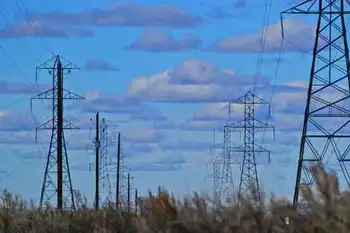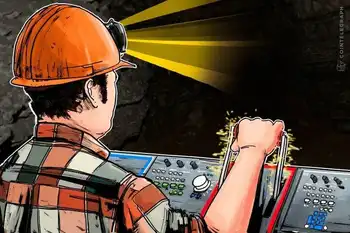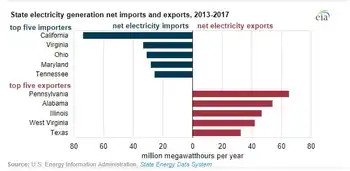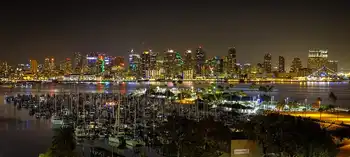City seeks first area to bury power lines
By Greenville News
Protective Relay Training - Basic
Our customized live online or in‑person group training can be delivered to your staff at your location.

- Live Online
- 12 hours Instructor-led
- Group Training Available
City Manager Jim Bourey declined to identify the pilot areas specifically but said they areas include an older, heavily treed residential area; a redevelopment area; a commercial area; a "larger lot" development area; and a major residential street.
A little more than a year after a devastating ice storm - the seventh in 10 years - caused six deaths and knocked out power to half a million local people, Duke has ended years of resistance by agreeing to divert a slice of local revenues into a burial fund.
The Greenville News had reported that burying lines would cost a fraction of Duke's previous estimates if a gradual effort focused on residential areas. Studies show underground lines can dramatically reduce power outages.
Under the new agreement, Duke would match money contributed by cities by putting up to half a percent of its local revenues - or about $364,000 a year in Greenville - into a fund. Utilities such as South Carolina Electric & Gas have offered such a plan in the Midlands for a decade.
City resident Brad Bays said it's "a great result," and the product of public pressure to mitigate storm damage.
Bourey said the effort by a city task force includes looking for ways to match Duke's money, figuring out how to involve citizens and recommending an approach to the City Council.
The city puts its $2 million annual franchise fee from Duke into its general fund.
The News reported last year that Duke's internal estimates show it would cost an average of $284,000 a mile to put residential power lines underground.
There are 107 miles of residential lines in the city.
Bourey said the task force, including utility officials, experts and citizens, is now studying specific costs such as trenching versus boring, burying under sidewalks or under roads.
He said there have been some discussions of using the burial fund to help pay for the drop line that connects a home to the power system.
Bourey said property owners have to be involved because there are added costs to hook into the system and bury other utility lines on the same poles.
He said specifics should emerge within a few months.
Bays said the areas most prone to ice storm damage and power outages should be buried first - likely the most difficult projects in the most heavily treed neighborhoods.
Still, despite digging and tree work that could rankle some residents, he believes the end result could benefit everyone.
"You can restore it where it's in like condition as before," Bays said. "It just depends on (the city's) attitude."











